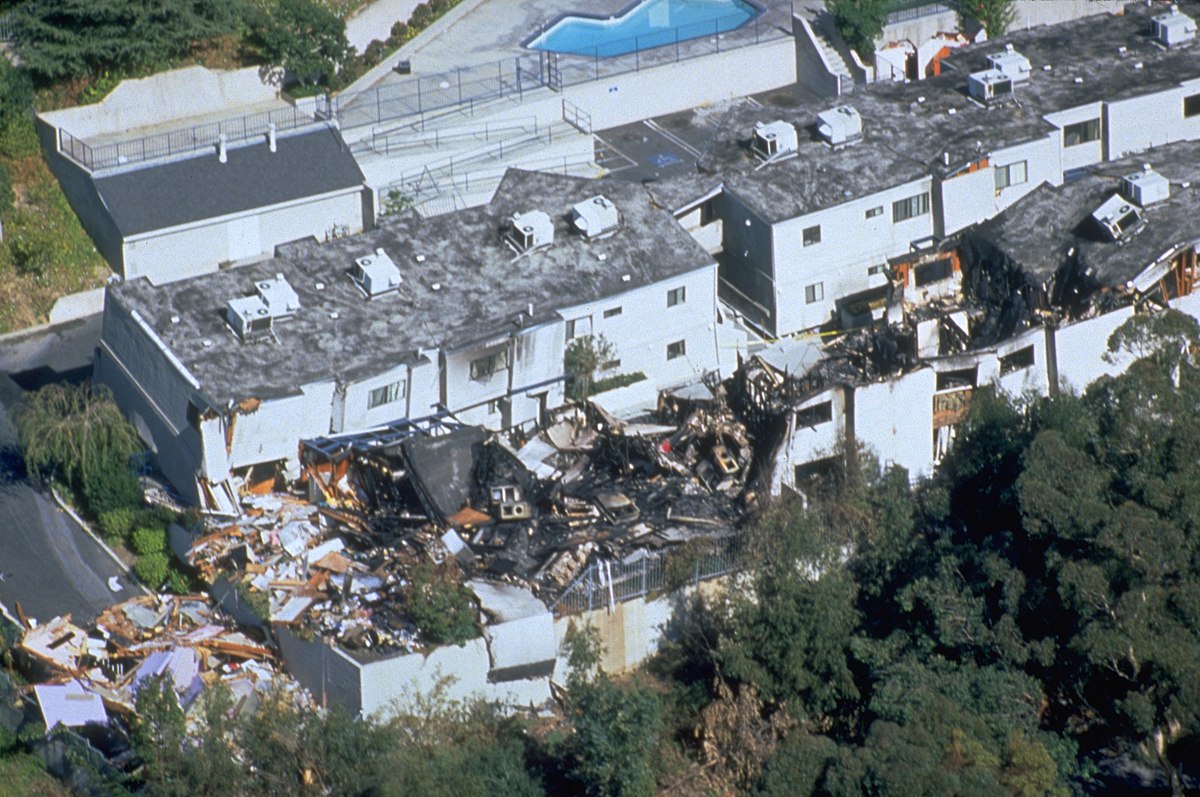Each region builds their houses to fit into their environment, for better or for worse, depending on many factors like local materials, the time scale required, purpose etc.
Uk builds out houses out of slates/tiles because we have those materials, and it is for our climate. We didn't build it because the UK are one giant fire ball every 20 years and bricks have been a proven fireproof building method. So to think they should build it like we do don't really have much real world reference. The fact that Japan builds houses with wood suggests to me that using wood isn't really a problem.
Yes, shingles is thinner but there are many things out in the open like bushes and trees or grass that are so dry which catches fire so easily when it has been dried out. I mean there are loads of cars burnt to ash, a car doesn't catch fire that easily either, it is the intense heat from the surrounding that eventually got through it's metal skin, making the interior to catch fire.
Sure, you can lower the risk, but unless you don't have windows, build it like a bunker...any regular designs with big windows, a door with plasterboard that goes right to the windows frame/door frame is going to catch fire when everything around you is ablaze.




